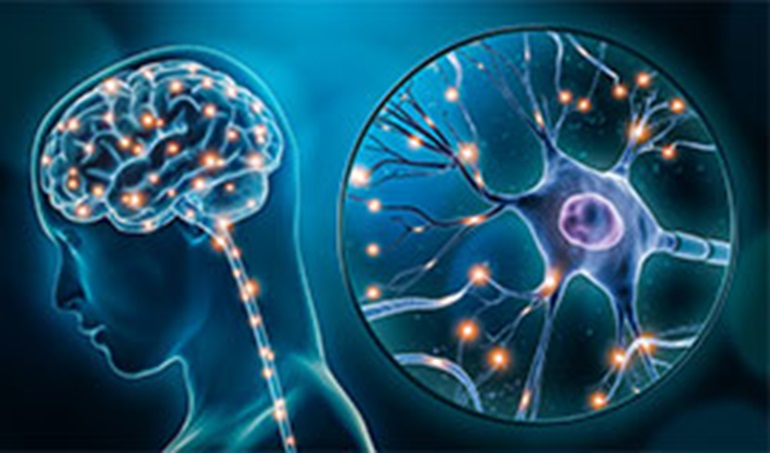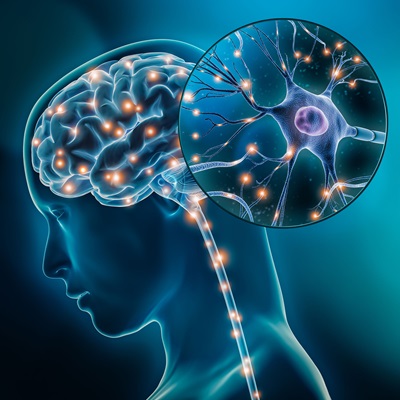Hypoxic and Anoxic Brain Injuries

Board-Certified Clinical Specialist, Neurologic Physical Therapy
The brain, an organ made of nervous tissue, requires oxygen to survive. When deprived of that element, nervous tissue is rapidly lost. Just minutes of insufficient oxygenation can cause brain injury.
What are hypoxic and anoxic brain injuries?
Hypoxia is an insufficient amount of oxygen reaching the body’s tissues. A hypoxic brain injury occurs when the level of oxygen reaching the brain can’t support normal brain function.1 A lack of oxygen harms and can cause brain cells to gradually die. 
Anoxia is an extreme form of hypoxia where, over a period of time, no oxygen reaches the body’s tissues. Neurons (brain cells) begin to die within minutes of oxygen deprivation and damage to large portions of brain tissue can escalate rapidly.
The damage that occurs to the brain when it lacks oxygen is different than the damage caused by a traumatic brain injury.
A traumatic brain injury -- direct trauma to the head – is more localized and causes damage directly around the injury site.
A brain injury resulting from lack of oxygen causes all cells to suffer, leading to widespread tissue damage.
Causes of hypoxic and anoxic brain injuries
Brain injuries related to lack of oxygen are typically tied to conditions that spark cardiac or respiratory arrest.
This includes causes such as:
- Heart attack
- Cardiac arrhythmia
- Electrocution
- Near-drowning
- Opiate overdose
- Choking
- Carbon monoxide poisoning
- Lack of oxygen in the blood (suffocation, altitude)
- Lack of blood in the body (blood loss from other injuries)
- An inability for the blood to carry oxygen (severe anemia)
Symptoms of hypoxia and anoxia
Symptoms related to oxygen deprivation of the brain can vary based on the severity and length of time the brain is starved of oxygen.
When the brain is deprived of oxygen, symptoms include confusion, disorientation, difficulties with speech and vision problems. Lack of oxygen to the brain can also result in loss of consciousness.1
Long-term symptoms following the restoration of oxygen can include tremors, spasticity, cognitive and speech impairments and motor function disturbances.1
Rehabilitation after hypoxic and anoxic brain injuries
 Generally, hypoxic injuries have a better prognosis than anoxic injuries. Anoxic injuries often lead to a disorder of consciousness, or a state of prolonged altered consciousness (i.e.,coma).
Generally, hypoxic injuries have a better prognosis than anoxic injuries. Anoxic injuries often lead to a disorder of consciousness, or a state of prolonged altered consciousness (i.e.,coma).
Once oxygen is restored to the brain the rehabilitation process will vary significantly depending on the severity of an injury. The diffuse nature of these injuries makes recovery significantly more difficult.
With any brain injury, early rehabilitation is crucial in achieving the best outcome. Following a brain injury due to lack of oxygen, it’s best to speak with a doctor to discuss the level of care needed upon discharge.
Critical illness recovery
Once a patient is stable, a critical illness recovery hospital can play a significant role in treating and healing the side effects of brain injury. Specialty care teams in a critical illness recovery hospital, treat the most medically complex patients and offer extended healing time that improves quality of life.
Brain injury recovery services offered can include:
- Respiratory therapy- 24 hours a day, seven days a week
- Language/communication evaluation and treatment for:
- Aphasia (the loss of ability to understand and/or express speech and language)
- Dysphagia (difficulty/discomfort in swallowing)
- Cognitive retraining to overcome deficits in thinking, decision-making and guidance on how to stay safe
- Mobility program focused on functional movement (i.e., getting in/out of bed, use of a wheelchair and walking)
- Balance, coordination, muscle strength and range of motion
- Daily living activities (i.e., bathing, dressing, toileting and self-feeding)
- Family education and training (i.e., helping a loved ones through the recovery process and to the next level of care, or home.)
Learn more about critical illness recovery
Inpatient rehabilitation
Brain injury programs at inpatient rehabilitation hospitals focus on helping patients regain strength, skills and independence. In these hospitals, an individualized care plan is the first step to recovery.
Depending on your injury, inpatient rehabilitation can help:
- Maximize alertness and responsiveness
- Improve sleep/wake cycles
- Develop new cognitive, communication and behavioral strategies
- Improve physical function, balance and mobility
- Manage pain and spasticity
- Improve vision, speech and/or swallowing difficulties
- Enhance the skills needed to perform daily activities
- Overcome psychological and social challenges
- Return home and resume work, school or community activities with as much confidence and independence as possible
Learn more about inpatient rehabilitation
Outpatient rehabilitation
Patients, whose brain injury following lack of oxygen is minor, may consider outpatient rehabilitation.
After discharge from a higher level of care (at a critical illness rehabilitation or inpatient rehabilitation hospital), patients may need continued treatment through outpatient therapy. With this type of therapy, patients can build on the progress made during their inpatient stay, regaining strength and performing everyday tasks.
Treatment can include:
- Physical therapy to increase strength, motor control and mobility
- Occupational therapy to address limitations in daily activities
- Speech therapy to improve language deficits, memory and swallowing difficulties
Learn more about outpatient rehabilitation
1 An overview of hypoxic and anoxic brain injury: BIAA. Brain Injury Association of America. (2022, October 6). https://www.biausa.org/brain-injury/about-brain-injury/nbiic/hypoxic-anoxic-brain-injury